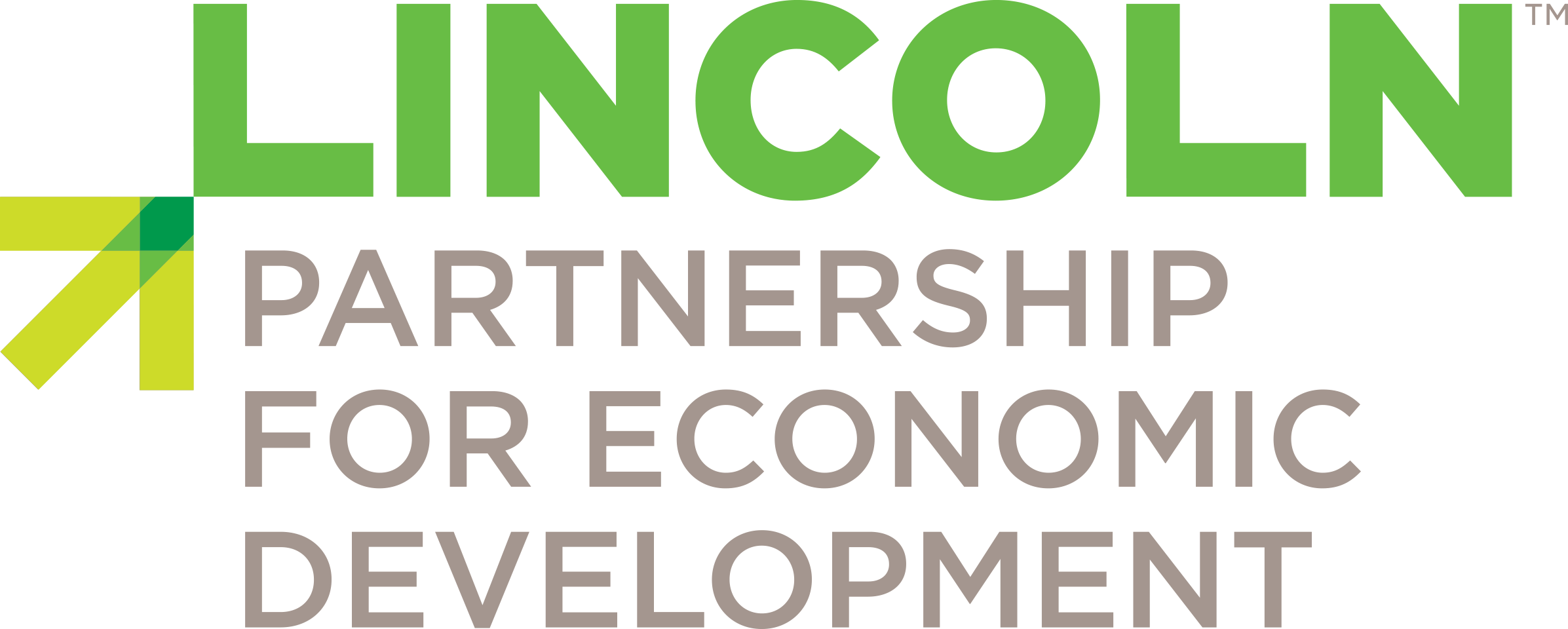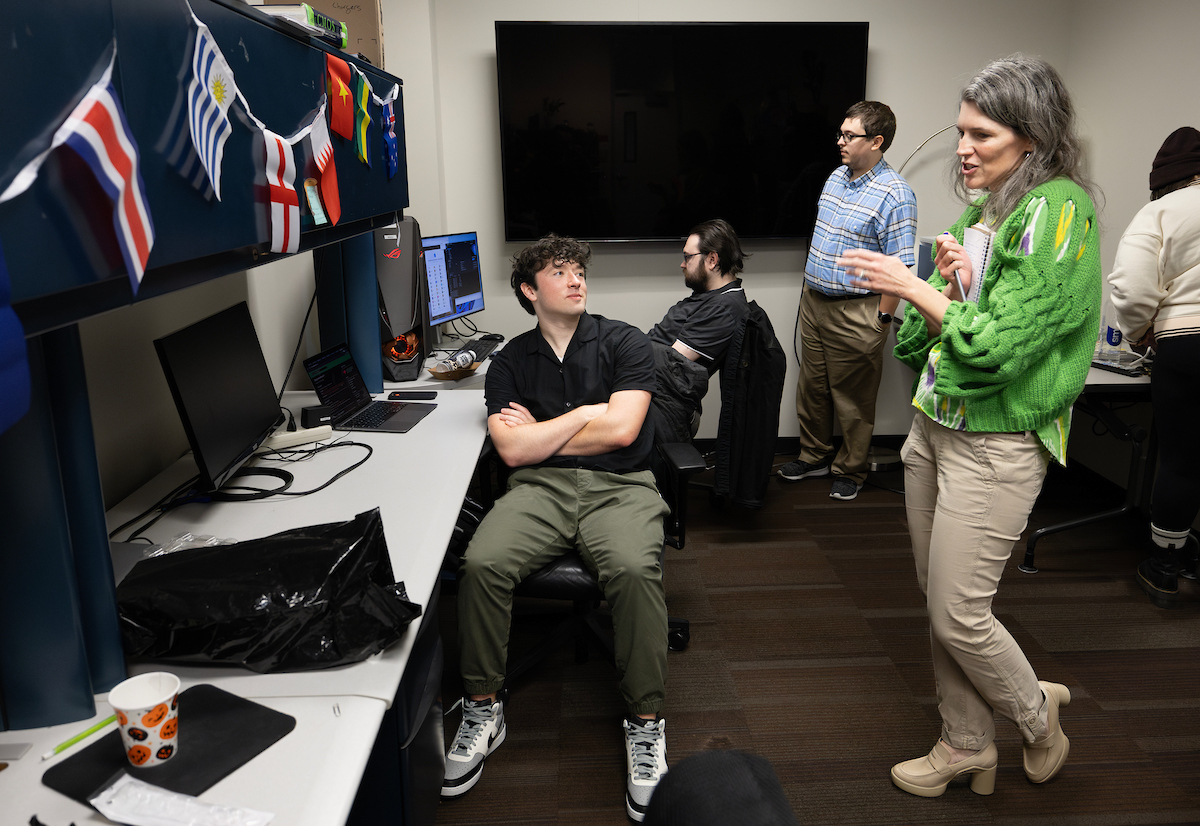Editor’s Note: In this four-part series, Tom Chapman, director of innovation and entrepreneurship for the Greater Omaha Chamber of Commerce, breaks down four bills that are a part of Nebraska Governor Dave Heineman‘s “Talent and Innovation Initiative.”
-
LB 386: Nebraska Internship Bill – Special Series Post
-
LB 387: Business Innovation Act
-
LB 388: Site and Building Development Act – Special Series Post
- LB 389: Angel Investment Tax Credit Act – Special Series Post
Chapman can be found on Twitter, @tchap623, or you can contact him at tchapman@omahachamber.org.

Governor Heineman at the State of the State Address on January 13, 2011, from governor.nebraska.gov.
Since 2006 and before, the forces of good have pleaded with the State of Nebraska to bring the State into the 21st century regarding incentives for new innovative ventures. Governor Heineman’s 2011 budget included many features that have been requested and are a significant regulatory improvement for the state and its entrepreneurial ecosystem. Without further adieu, one of the four bills that make up the core of the Governor and the Legislature’s efforts:
LB 387 – Business Innovation Act
The purpose of LB 387 is to encourage and support the transfer of technology and innovation to create high growth, high tech companies in the state. There are essentially six parts to this bill.
First, the bill would create an Small Business Innovation Research (SBIR) Phase 0 program. This type of program is used by companies that are considering an SBIR grant application. The grant would help off-set the significant cost of applying to the program by providing not more than $5,000 to the company when they complete an application.
Second, the bill would create an SBIR matching program that would provide an additional dollar award of not more than 65% of the federal award or $100,000 (whichever is less) to companies that apply and receive an SBIR Phase I award. The total allocation for the Phase 0 and matching programs is $1million.
Third, the bill would create a financial assistance program for small businesses (less than 500 employees) creating a prototype – commercializing research from either a private enterprise in the state or a university. Department of Economic Development (DED) would administer and would be able to match non-state funds up to $50,000 for prototype development. The total allocation for the program is $1 million.
Fourth, the bill would create a commercialization fund for companies that already have a prototype or process. Again, funds must be matched by at least 50% of non-state funds. The total cap for a single project is $500,000 and the assistance may not exceed more than 50% of the total project cost. The commercialization fund has an annual cap of $2 million.
Fifth, the bill would authorize financial assistance for companies headquartered in Nebraska that use the faculty or facilities of a public college or university for applied research and development or that use IP generated at a public college or university in Nebraska. A business may apply for two grants over a four year period and could get $100,000 for a phase one stage and $400,000 for a phase two stage of this university collaborated project. The non-state match is 100% of the total funds requested for both stages of the program. The total cap for the program is $3 million per year.
Sixth, the bill would re-organize the small business investment program and how DED currently allocates money to micro-lending organizations (such as the Nebraska Enterprise Fund). Basically, the bill makes DED the central coordinating office for the facilitation of microlending and microenterprise development. With this position, DED would be responsible to ensure that the $1 million dollars given to microenterprise lending organizations is equitably distributed to companies around the state that can provide both additional leverage and the expertise to use the money effectively.
In total, seven million dollars is allocated into the Innovate Nebraska Cash Fund. These monies can be spent as above or in a situation where more money has been allocated than can be used wisely, the money is independently invested and held over for the following year(s). In addition, it is always important to note that the rules and regulations determining many of the specific terms will be determined at a later date by DED.
This bill is probably more diverse and more difficult to discuss than the other three put together, so I will attempt to break this down.
First, the SBIR Phase 0 grant program has been successful in other states. The Nebraska program is comparable to those in place and is likely to have similar outcomes. Increasing SBIR applications will likely yield more winning applications. And increase SBIR awards is a mechanism for the region to get direct federal grants that help spur innovative new ideas into commercial opportunities – but also help the companies from diluting their equity positions too early. Many companies that need early money to prove concept would benefit from SBIR – but we have a low application rate compared to many other states. So, increasing the number of application is an important way for the deal pipeline to fill some downstream opportunities.
Second, the SBIR matching program also has contributed to economic growth in states, such as Kentucky, where they have leveraged more than $60 million federal dollars over the last decade and some state ones to create tens of new research and development companies. These state dollars more than double the allocation to Nebraska companies over the same period. Thus, the SBIR program is a significant improvement and will place tens (if not hundreds) of companies into the innovation and job creation pipeline over the next decade. The two big limitations on the program are that it is capped at a relatively low number and does not apply to Phase II applications.
Third, the demonstration fund is an incredible step forward in concept. SBIR is a national program and creates national funding leverage. However, having a state specific program is incredibly important because it ensures regular funding to high growth start-ups in the state that are strategically important. For example, the Innovation Campus at the University of Nebraska at Lincoln has stated its goals as Food, Fuel and Water. Ensuring funding for new technologies out of these programs is critical and some outcomes are simply not very likely to receive money from federal sources despite their ability to create tens of jobs. Thus, having a local source of grants for high technology companies is critically important.
Fourth, the funding of the commercialization of university and private sector technologies is really important. Equally important is for universities, companies and individuals to begin the process of breaking down the walls of innovation in the region. Many universities and companies could benefit from hearing and telling the success stories (and failures) of their efforts. Fundamentally, this communication is probably more important than the funding, but the funding will likely act as an impetus for the universities and companies to increase the conversation and make it more transparent. As part of my efforts at the Chamber, we are committed to helping find more ways for all parties to discuss their innovation efforts and facilitate the growth of commercialization of both core technologies and spinning out orphaned ones.
The microenterprise funding section is a bit of a step backward for some parts of the city of Omaha and the rest of the state, particularly urban distressed and rural. Basically, it pulls some money out of microenterprise funding and puts it into technology and commercialization funding. From an economic development perspective, I think that this is the right decision and probably will create more jobs in general – so it is hard for me to argue if we are within a zero sum game. But, it is likely to have an adverse impact on some small companies within rural parts of the state and distressed parts of the city that would have previously been able to receive microenterprise loans. It is unfortunate that this is a situation where some parties are adversely affected by shifting money to other priorities, and hopefully, success and a better economy will allow the state to fund all of these programs with more money over the next couple of years. That being said, adding the other programs is incredibly important for the state to increase jobs and investment in high growth, high tech industries.
Thus, the Chamber supports LB387.
Look for the next two posts in our “Talent and Innovation Initiative” series in the coming days.



